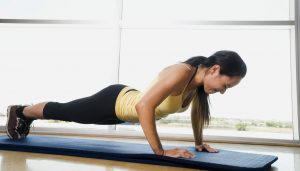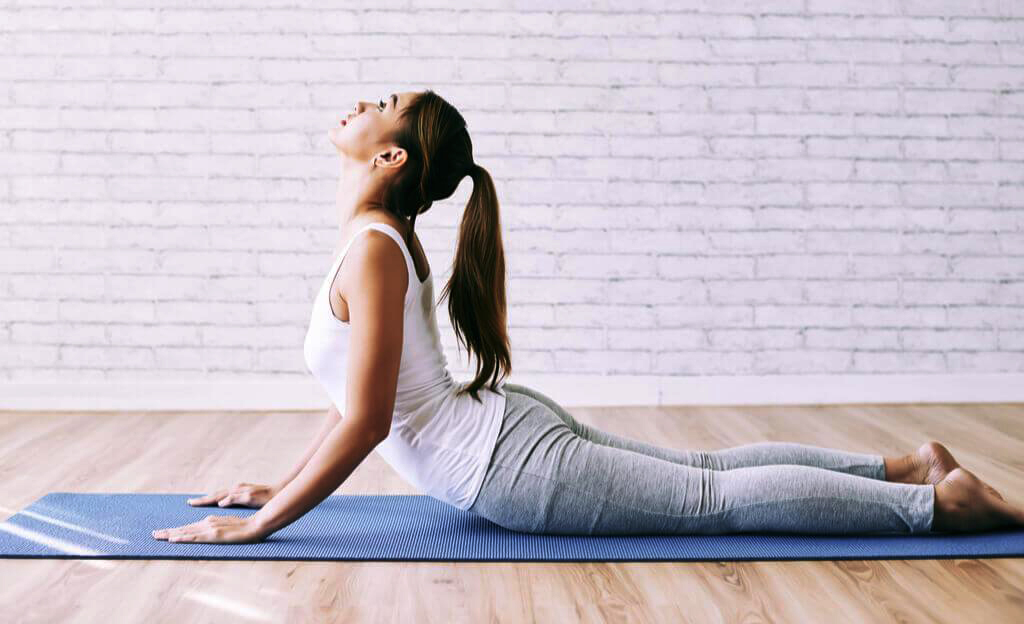Sedentary lifestyle, along with stress, are the main problems we suffer at work and the cause of many health problems, especially back pathologies.
There are factors that contribute to worsen the health of the back: furniture not adapted to personal needs, environmental factors that produce stress and increase tension or other health problems -view, hearing, previous pathologies- that force us to adopt a bad postural hygiene.
Bad postures, stress, injuries, physical overstress, bad habits and even inadequate exercise can be among the causes of back pathologies. Therapies such as naprapathy, disciplines such as Pilates and measures such as postural reeducation sessions can help strengthen the muscles of this area and have a healthy back.
 The back, and adjacent areas that help in your task (such as abdominal muscles), and retain flexibility, will help you avoid problems in the future and will help you improve your overall health.
The back, and adjacent areas that help in your task (such as abdominal muscles), and retain flexibility, will help you avoid problems in the future and will help you improve your overall health.
Exercises that have a direct impact on the spine can worsen existing problems: race, dance, basketball, high impact fitness, step … It is therefore necessary to consult the doctor before starting any physical activity.
Here we show you new exercise programs, techniques and care that will keep your back healthy and make you forget about pain.
Make a simple stretching and exercises table that will avoid many back problems. Do them slowly, holding the stretch until you feel the muscle give way and release tension. It will not take you more than eight minutes.
Joint mobility of the neck
Before stretching it is convenient to move the neck gently to the sides and up and down.
Stretching of trapezoids 1
In this exercise we stretch the longitudinal fibers of the trapezius, one of the muscles that are most loaded with static work. Rest one hand on your work table and with the other gently pull the neck to the side, as if you would like to bring the ear to the shoulder.
Stretching of trapezoids 2
To stretch the oblique fibers of the trapezius, lower the head by directing the nose toward the shoulder.
Stretching of the lower back 1
It is one of the most rewarding stretches. You can do it by holding one hand on the opposite side of the chair.
Stretching of the lower back 2
To stretch your back deeply, lean down, hold on to the chair and arch your back.
Stretching for vertebral
This stretch will help you to release all the tension of the cervicals. Bring your hands to the nape of the neck and gently pull the head down.
Joint mobility of the shoulders
Make circular movements back to download the area and prepare it for stretching.
Pectoral Stretch
This stretch is necessary to counteract the typical kyphotic posture of the office worker, which shortens the pectorals. Rest your hand on the wall with your thumb up and look to the opposite side.
Stretching of psoas
Sitting for so many hours shortens the hip flexors, which you can easily stretch in your work chair. Get up, put the chair on your side, rest one knee on it and take a step with the other foot forward until you feel that you stretch the groin area.
Stretching of the side chain
Grab the elbow and pull to the side to stretch all the lateral muscles of the trunk.
Breathing
Finally, close your eyes and do three or four thoracic breaths, that is, fill the abdomen with air. If you are much stressed, hold your breath for a few seconds to achieve a relaxing effect.
Live a healthy life with Pharmamedic.







